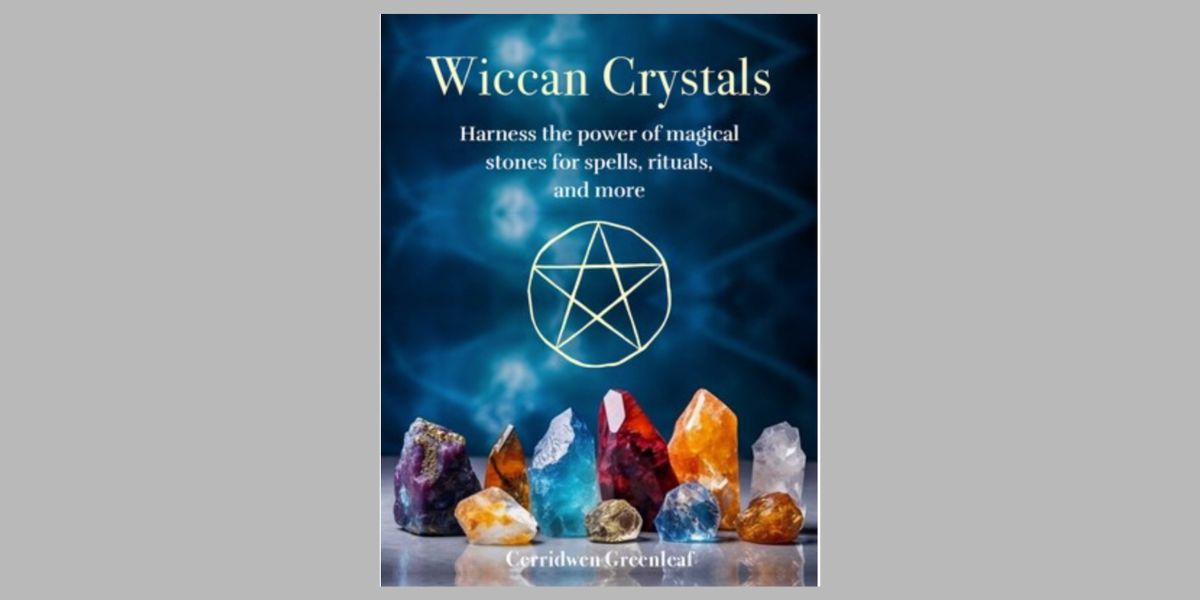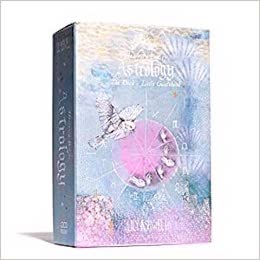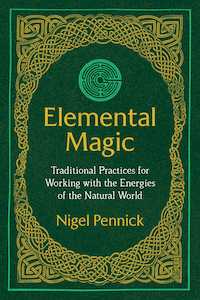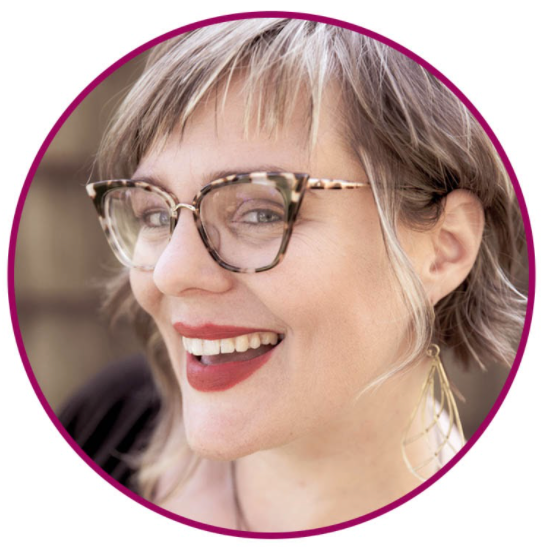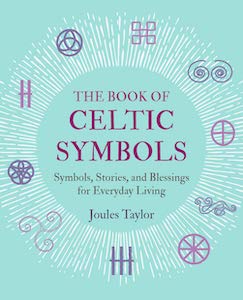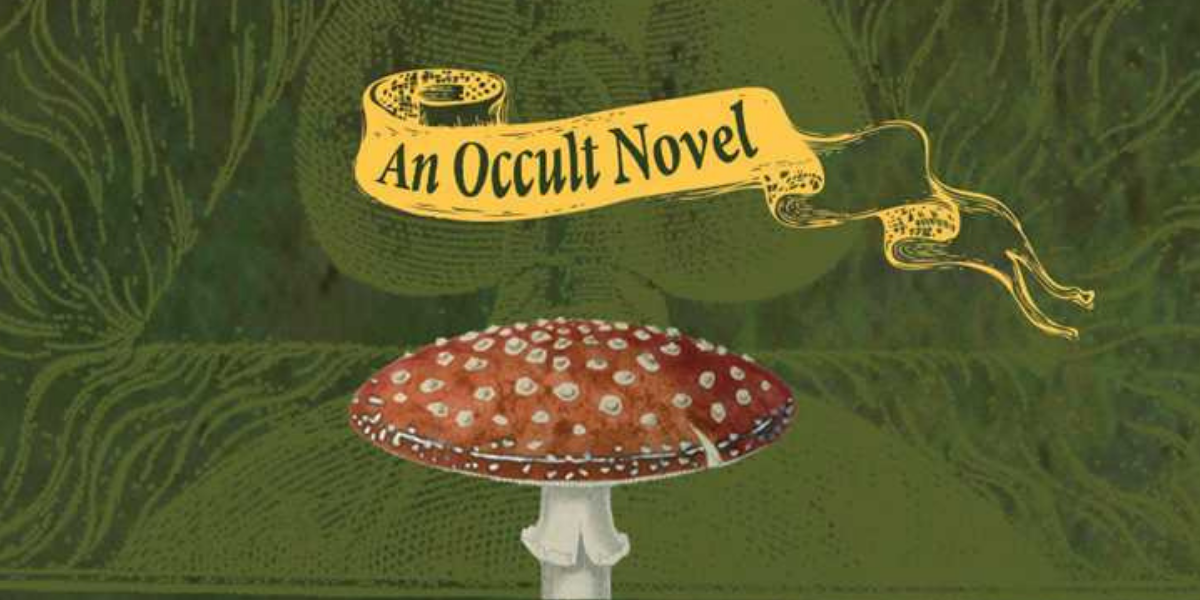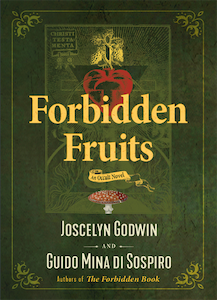
Wiccan Crystals: Harness the Power of Magical Stones for Spells, Rituals, and More, by Cerridwen Greenleaf
CICO Books, 1800653700, 144 pages, September 2024
Wiccan Crystals: Harness the Power of Magical Stones for Spells, Rituals, and More by Cerridwen Greenleaf is a nifty guide to using crystals for magical and spiritual goals. Greenleaf has aptly applied her decades of witchcraft experience to teach readers about magically incorporating crystals into their lives. Covering a wide range of topics, from crystal basics to the many one can work with crystals, the breadth of guidance in this book makes it a one-stop resource for those looking to boost their craft.
“Crystals each have unique vibrational energies, which you can use to connect yourself to the Earth and are associated with a vast spectrum of healing properties. One of the fundamentals of crystal magic is intention—a crystal can be programmed with your intentions and desire and will in turn magnify your intent and assist you in bringing forth whatever sort of change and benefits you are seeking.”1
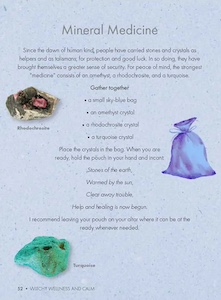
In the first chapter, Greenleaf lays the foundation needed for a successful crystal practice from a Pagan perspective. She covers topics such as charging and cleansing the stones, setting one’s intentions, crystal correspondences to zodiac signs and days of the week. Greenleaf also shares about walking a Pagan path and building altars. She specifically covers what can be put on an altar for each moon cycle, which I thought was very interesting! I look forward to adding this dimension to my moon practice.
The following chapters are all dedicated a certain type of intention one might want to manifest in their lives. Greenleaf leads readers through “Sacred Space and Magical Protection”, “Witchy Wellness and Calm”, “Personal Power and Inspiration”, “Prosperity and Abundance”, “Love and Relationships”, and “Divination and Psychic Vision”.
While this book is not too long, Greenleaf has packed a ton into each chapter! Each page is something new, making it so the spells or rituals are quick and easy to do even with a busy schedule. And for every spell, Greenleaf tells readers exactly what to say, so readers of all background levels can perform them. There’s also often tables of gemstone and crystal recommendations based on the topic. For instance, there’s a whole list of crystals and their energetic properties that are good for Feng Shui, space clearing, healing, and aiding mystical abilities.
Greenleaf also offers ideas about how to use crystals to connect with angels, goddesses, chakras, and nature. I found it fascinating to see which crystals enhanced these relationships, as well as the crystals that could aid me personally in health, wealth, love, and divination abilities. There’s even a page on how to create your own wand with a table of attributes certain crystals have to harness energy for the wand’s purpose.
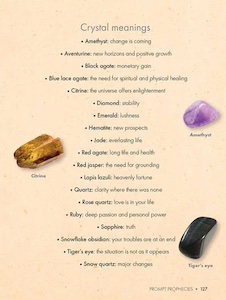
One of my favorite things about this book is the colorful illustrations throughout the text. The detailed drawings and photos of crystals enhances the visual appeal of this book, aiding in crystal and gemstone identification. All the pictures are clear, making it easy to recognize the crystals in the book when you’re searching for the right on in your collection, in a shop, or online.
Overall, I would recommend Wiccan Crystals to those seeking to another tool to their magical practice. Whether you’re drawn to crystals for spiritual benefits, self-care purposes, or personal growth and new opportunities, Greenleaf has provided guidance on how to easily connect with the right crystals to bring your intentions into alignment. This book is suited for beginners, as it is descriptive enough to be an introduction one can follow, or those who are familiar with crystals, but looking to further learn more about how to work with them magically.
Alanna Kali is an astrologer, numerologist, and pioneer spirit that loves to explore life through the lens of depth psychology. She has a passion for studying the humanities and social trends. Her academic work is centered upon reuniting body, mind, and spirit through eco-psychology. She loves reading, spending time in nature, and travel.
